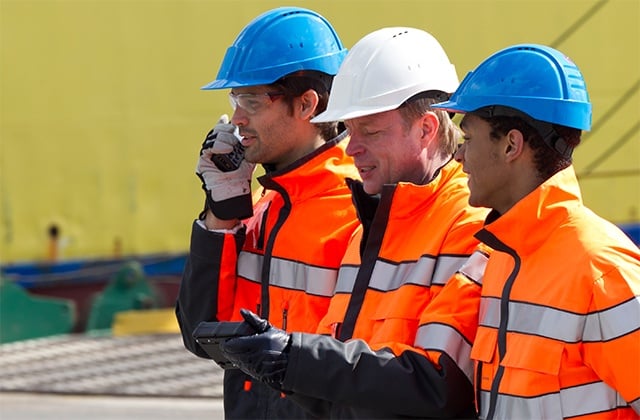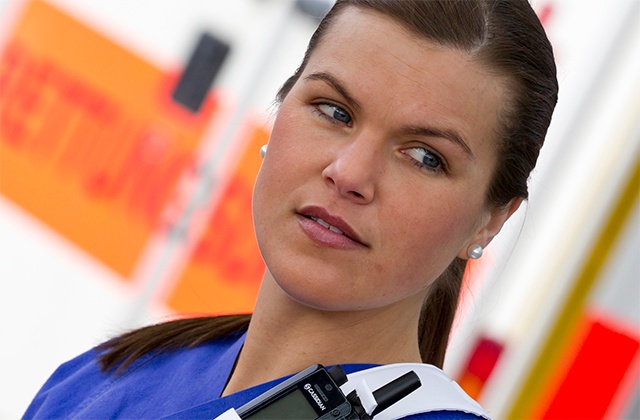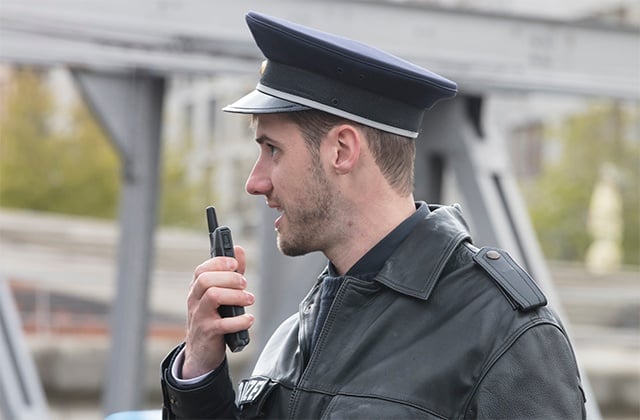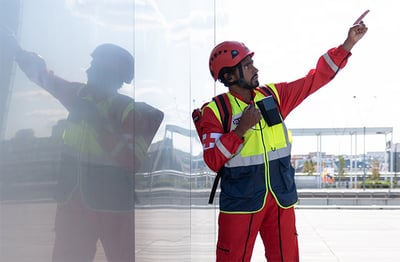A patchy radio connection and black spots are definitely to be avoided when professionals need a radio for their jobs. To avoid such issues, you might think it reasonable to specify a radio with more output power. It’s a logical, gut reaction - but not really helpful!
Why? Here are 7 reasons why a higher-power radio is not the best answer when you want more coverage and better communication.
1. Connected to the network, a radio does not need to use high output power
TETRA radios communicate over a powerful network. The radios and base stations in the network communicate back and forth. A sensitive base station listens well and can “hear” radios even when they transmit with lower power.
2. In fact, a radio’s ideal transmission power is usually pretty low
A network will provide maximum coverage when the uplink and downlink are balanced. This balance depends on the transmission power and the sensitivity (the ability to “hear” the radio signals) of both the base station and the radios.
Let’s take a common scenario. The radio has -105 dBm sensitivity and the base station, transmitting at 25 watts has -112 dBm sensitivity, as well as diversity and panel antennas for uplink. This will mean that a 1 W transmission power for the radio will guarantee maximum coverage.
More power in the radio will bring no benefit whatsoever.

3. The network may not let radios transmit above a certain power level
The network operator usually defines a maximum transmission power for the radios, a figure that may vary from base station to base station. So, when a radio registers to a base station, it gets this maximum and it will not transmit using more power – even if it could. In other words, a radio will use exactly the amount of power that the network lets it use.
4. Synergies between your radio and the network are an important factor
Certain radios will work better in a network because they have similar software features. For example, some radios will recognize an uplink failure on a base station and instantly connect to a different base station. They won’t stay connected to the “bad” base station, which will not “hear” them so well.
A radio may also have a cell-favoring feature. This will find the best available base station and ensure the best communication, with no need for higher radio power.
5. Higher power does not compensate for body loss
Because a radio transmits and receives the signals through its antenna, how you carry the radio will make a real difference. Free space around the antenna ensures better performance. If you carry the radio very close to the body, such as on a belt, the antenna will have less free space around it, reducing the radio’s performance. This “body loss” is a significant factor, and a more powerful radio with higher radio transmission power cannot compensate for that.

Carrying the radio near your shoulder will significantly improve the radio's performance.
6. Higher power drains the battery quicker
The higher the output power, the faster the battery consumption. A 3 watt transmission power will consume a whopping 50% more current than 1 watt power!
The radio will also use up the battery faster if it’s operating outside its efficiency range. In other words, a radio optimised for 2W output power will also consume more power when sending on 1W, compared to a radio optimised to 1W and sending on 1W.
So, if your network controls the output power of the connected radios, your higher-power radio will only waste battery life – not give you better transmission range.

7. More radio power will not give you a much better range in Direct Mode (DMO) either
The typical DMO range of a 1.8 watt TETRA radio is around 1,920 meters. The calculated DMO range of a 3 W radio is only 340 meters greater – a measly 17% boost.
But, when you take a very sensitive radio and carry it on top of your shoulder, the DMO range can increase to 3,240 meters. That’s a 68% better range – with no extra drain on the radio battery!
For more information, download an infographic which explains the secret of Watts on your TETRA radio:
Here is another infographic, illustrating the best way to boost your DMO range:






